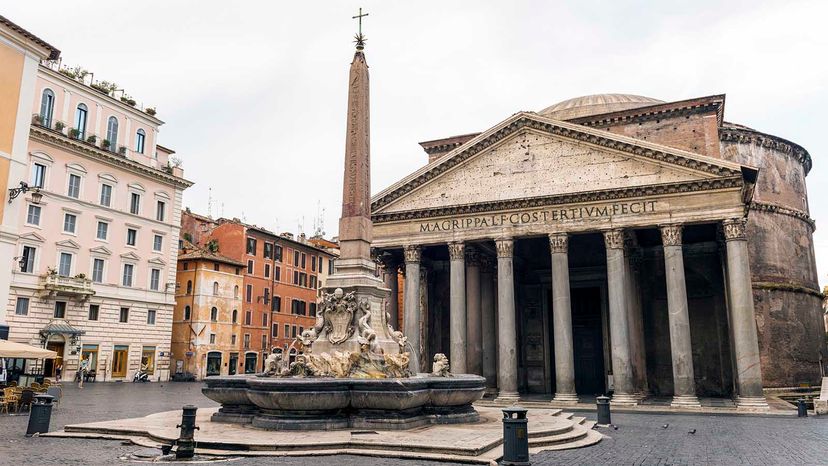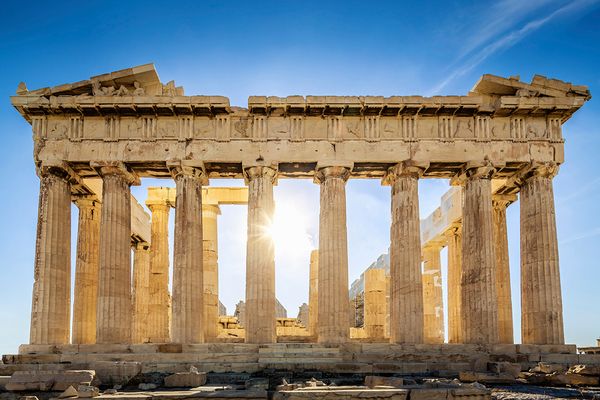
If a friend who was about to go off on a European adventure told you they were going to visit the Pantheon, would you immediately picture an ancient temple with white marble columns? What if that same friend told you they would also be stopping by the Parthenon? Would you imagine a similar scene in your head?
The point is many people get mixed up Pantheon vs. Parthenon discussions. And that's no surprise because the names are super similar. But the two are very different; they're not even in the same country.
Advertisement
The Parthenon, for instance, is in Athens, Greece, and the Pantheon is in Rome, Italy. The name of the former comes from the Greek word parthenos, which is an epithet of the Greek goddess Athena, meaning "virgin." The name for the latter also comes from Greek word, but pan in Pantheon means "all," and theos means "gods," meaning it's a tribute to all gods, not just one.
In short, these two famous buildings of the ancient world have very little in common.
We spoke with Christopher Ratté, a classical archaeologist and professor at the University of Michigan, and Dr. C. Brian Rose, the curator-in-charge of the Mediterranean Section at the Penn Museum and archaeologist who's been digging in the field for more than 40 years, to find out precisely what makes these two ancient temples so different.
Advertisement

